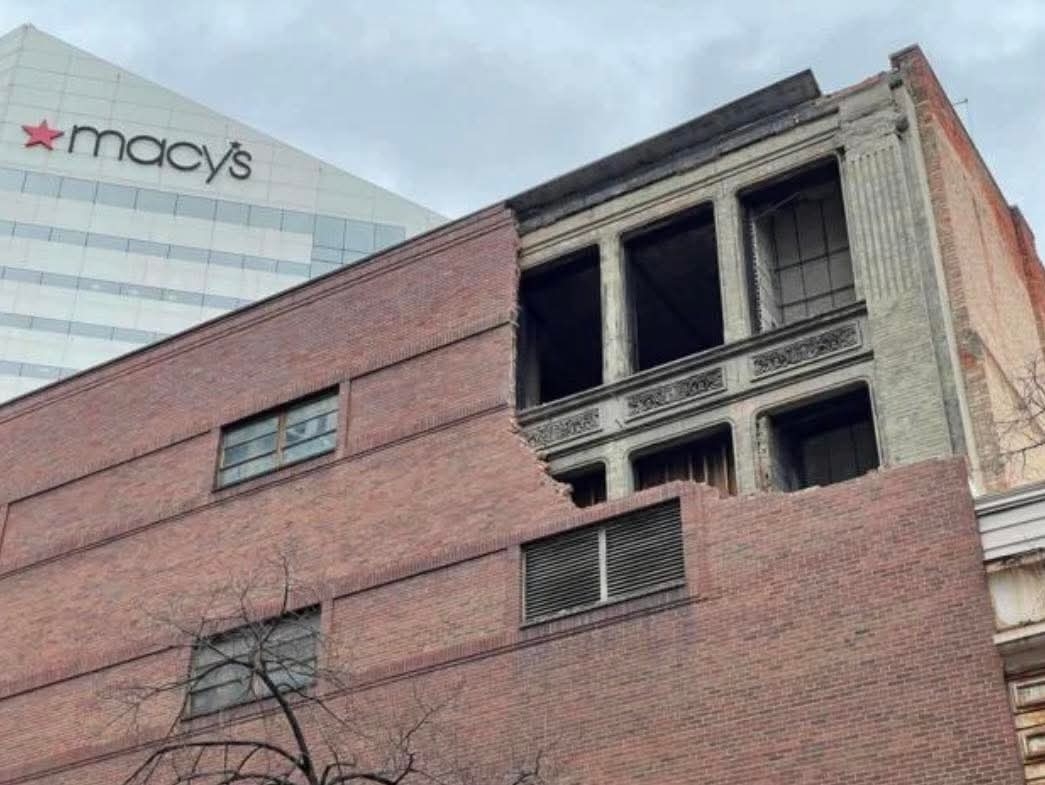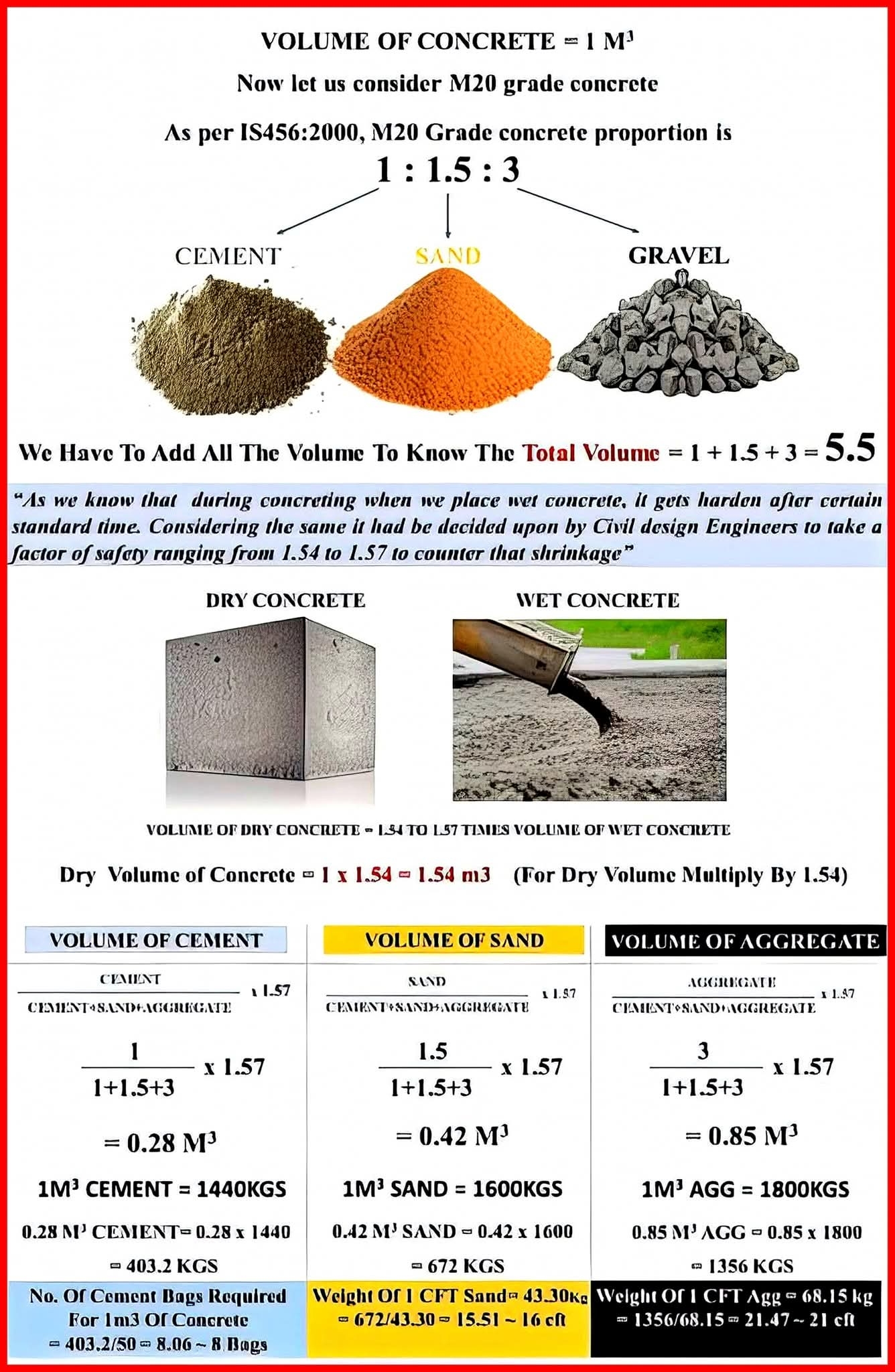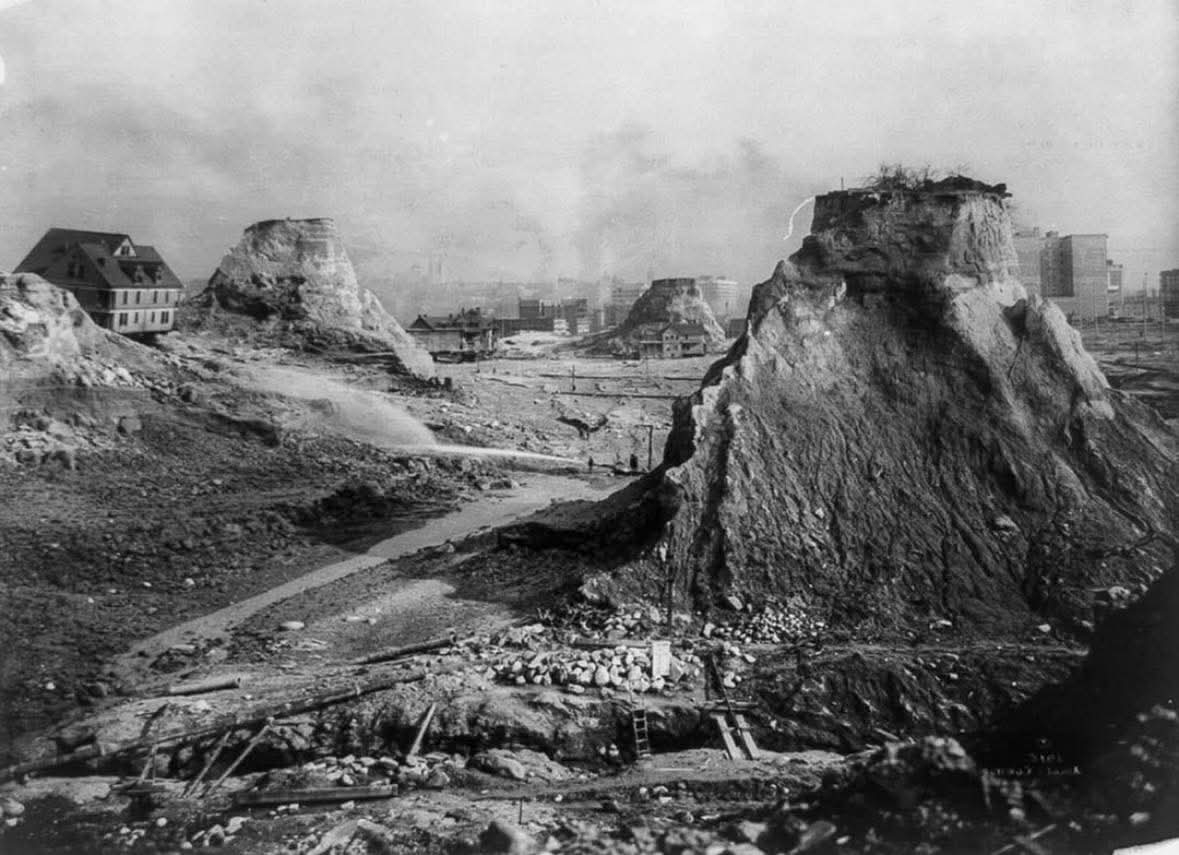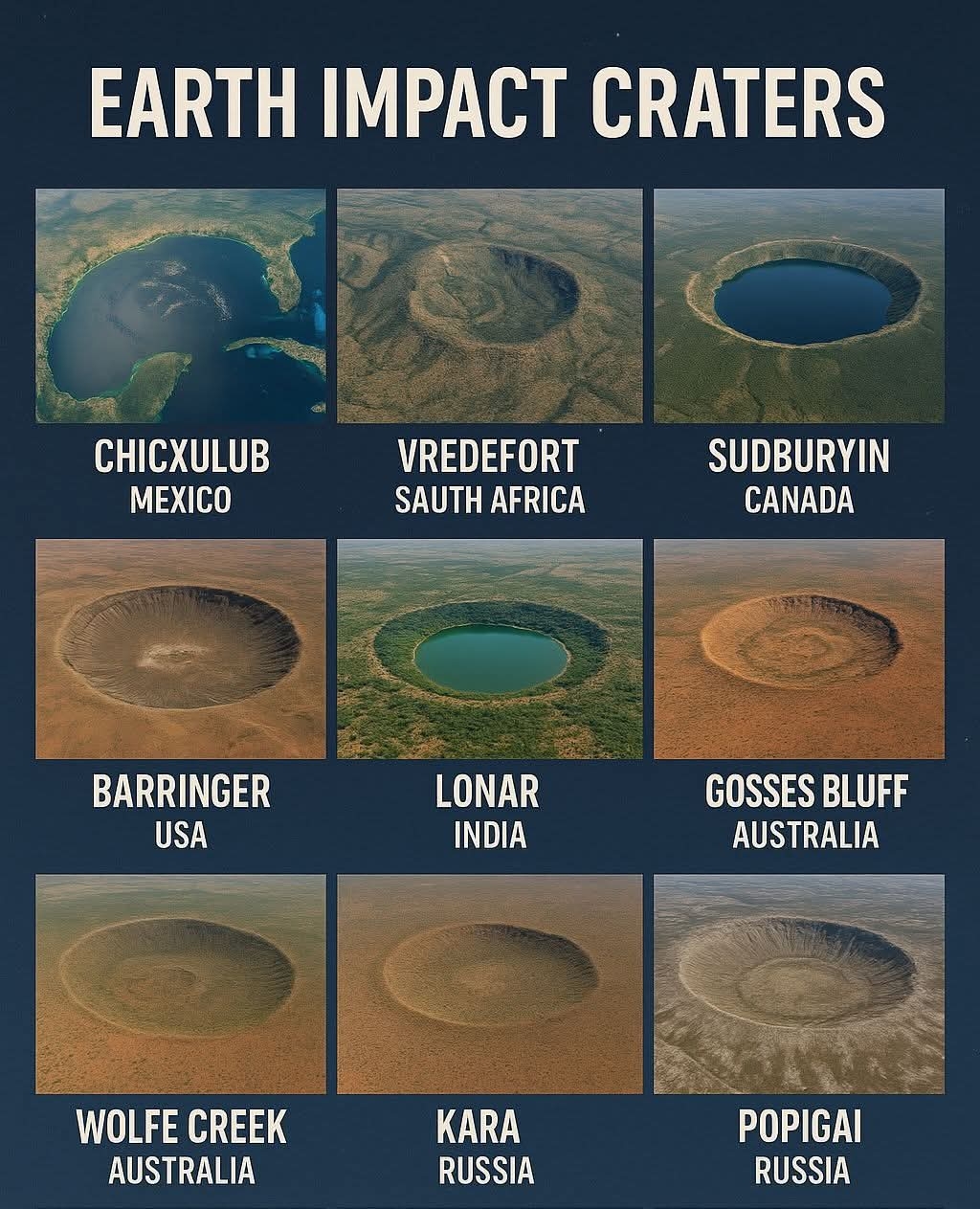Narcissistic partners, parents, friends do the following.
• Attempt to move the goal posts so that what you do is never "enough" even though you are overqualified.
• Hypercriticize and nitpick to keep you feeling small so you shrink rather than owning your gifts and assets proudly.
• Attack you out of jealousy and envy, covertly trying to minimize your achievements, get you to hyper-focus on false shortcomings or manufacturing flaws that don't exist.
• Override your consent and force you into situations you explicitly stated you did not want. Manufacture chaos and drama to provoke your reactions and maintain a sense of control. Bring up the same conversations repeatedly where you've already overexplained yourself. Create twisted love
triangles or pit people against each other.
• Attempt to move the goal posts so that what you do is never "enough" even though you are overqualified.
• Hypercriticize and nitpick to keep you feeling small so you shrink rather than owning your gifts and assets proudly.
• Attack you out of jealousy and envy, covertly trying to minimize your achievements, get you to hyper-focus on false shortcomings or manufacturing flaws that don't exist.
• Override your consent and force you into situations you explicitly stated you did not want. Manufacture chaos and drama to provoke your reactions and maintain a sense of control. Bring up the same conversations repeatedly where you've already overexplained yourself. Create twisted love
triangles or pit people against each other.
Narcissistic partners, parents, friends do the following.
• Attempt to move the goal posts so that what you do is never "enough" even though you are overqualified.
• Hypercriticize and nitpick to keep you feeling small so you shrink rather than owning your gifts and assets proudly.
• Attack you out of jealousy and envy, covertly trying to minimize your achievements, get you to hyper-focus on false shortcomings or manufacturing flaws that don't exist.
• Override your consent and force you into situations you explicitly stated you did not want. Manufacture chaos and drama to provoke your reactions and maintain a sense of control. Bring up the same conversations repeatedly where you've already overexplained yourself. Create twisted love
triangles or pit people against each other.
0 Комментарии
0 Поделились
7 Просмотры






